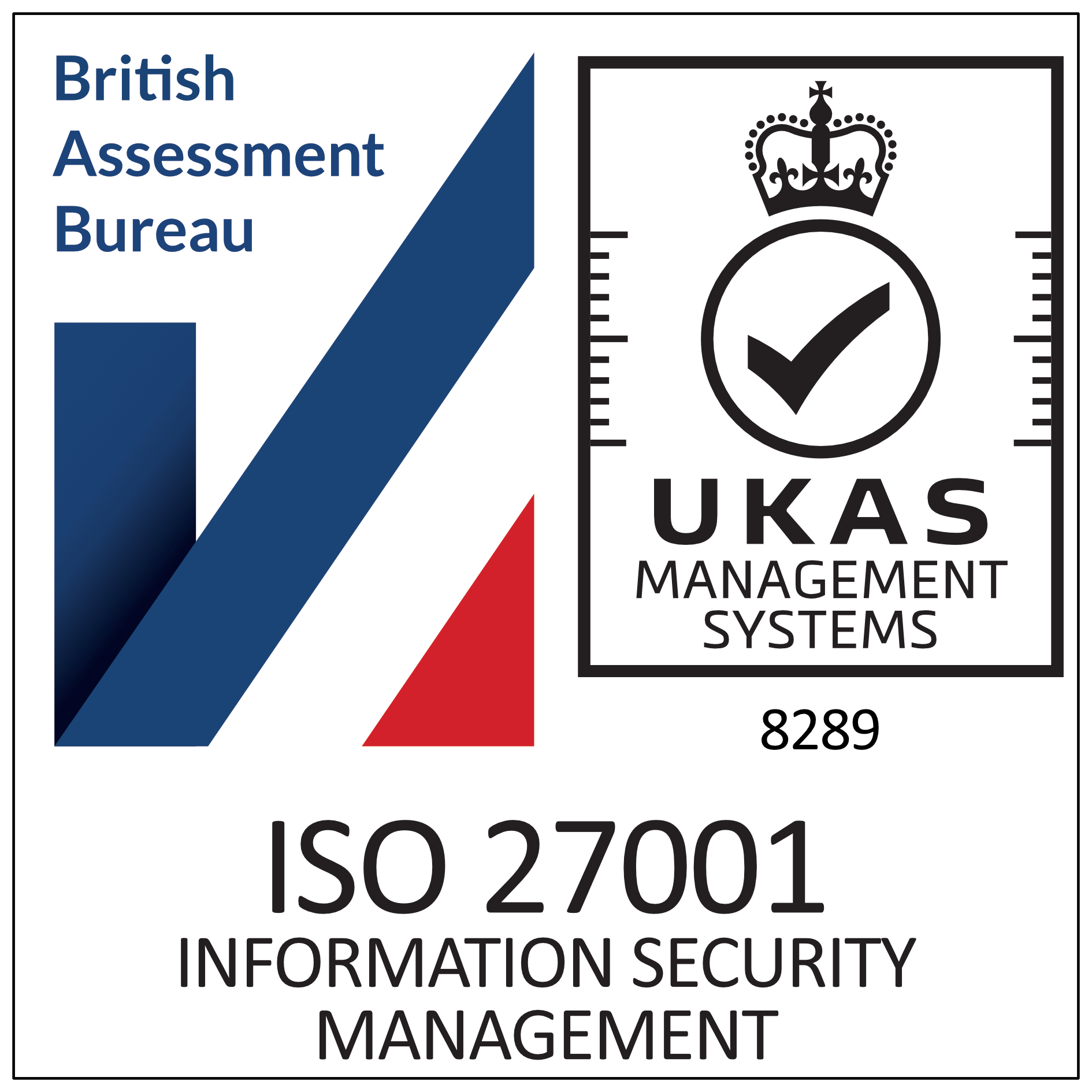Damp and Mould In Residential Tenancies: What Landlords Need To Know
Damp and mould can pose significant challenges in residential properties, creating health risks and causing damage to the structure and furnishings of a property if left untreated.
Landlords have legal obligations to ensure that their properties are safe and habitable, and free from hazards, including damp and mould.
Understanding Damp and Mould
There are several types of damp that can occur in residential properties including:
- Condensation Damp caused by high humidity levels within the property. It often occurs in areas where warm, moist air comes into contact with colder surfaces, such as walls and windows.
- Penetrating Damp occurs when water from outside the property enters through the building's walls, roof or windows. It may be due to poor construction, roof leaks, or blocked gutters that allow rainwater to seep into the property.
- Rising Damp arises when groundwater is absorbed into the walls of a building, usually through the foundation. It is more common in older properties that to not have damp-proof course. Rising damp can cause significant damage to the structure of a property if left untreated.
Mould is a type of fungus thrives in damp, humid environments. It spreads via airborne spores and appears on moisture-prone areas such as walls, ceilings, windows and furniture. It not properly managed, mould can lead to serious health issues and cause damage to the property.
It is important for landlords to ensure compliance with the laws and regulations. Landlords are under more stringent obligations to investigate damp and mould problems or will face penalties as Local Council Enforcement Powers have been extended.
Landlord Responsibilities
There are a number of Legal Standards on Damp and Mould which landlords must adhere to when dealing with damp and mould
Please view the all the Damp and Mould information below:


